AllMatters/ OrganiCup is the award-winning menstrual cup that replaces pads and tampons. Easier, healthier and greener
No leaks, no worries.
OrganiCup holds 2-3 tampons worth and can be worn for up to 12 hours. Forget about your period during the day and night
No dryness, no infections
OrganiCup is made of 100% soft medical-grade silicone that doesn’t mess with your body. Does not contain BPA, latex, dye and hazardous chemicals
Save money, spare our planet
OrganiCup lasts years, not hours. No constant waste and no monthly purchases. Can last 10 years with proper care and usage
9 out 10 who try OrganiCup continue to use it
HOW DOES IT WORK?
1. Fold and insert
The soft OrganiCup unfolds to form a tight suction, seal keeping it safely in place
2. Wear up to 12 hours
When placed correctly, you shouldn’t feel the Organicup. Go swim, do sports and forget all about your period
3. Empty, rinse and repeat
Public toilet are no challenge – just use toilet paper and rinse when you’are back home. Or use sanitising wipes
Which Size Should I Use?
Size Mini: For teens who need a smaller size
Size A: for those who haven’t given birth vaginally
Size B: for those who have given birth vaginally
AllMatters/ OrganiCup FAQ
1) How are menstrual cups different from tampons?
Menstrual cups are made of silicone—not cotton or rayon—unlike tampons. It collects blood
rather than absorb, allowing your vagina to stay naturally moist and at a healthy pH level.
A menstrual cup also has 3 times the capacity of a regular tampon and can be worn for up to 12
hours.
2) Does it hurt to insert it?
No, it shouldn’t hurt when inserted gently. Once you perfect the technique, you won’t feel a
thing!
Using a water-based lubricant can help ease the insertion. Avoid using an oil-based lubricant as
it could react with silicone and degrade the cup.
3) How to insert a menstrual cup?
1. Sterilise the cup by boiling it in a pot for 10 minutes
2. Wash your hands thoroughly
3. Fold the cup
4. Insert the folded cup into your vagina, tilting it back towards your tailbone
5. Use a finger to check if it’s fully open. The base should be round and without dents. Wiggle,
twist, or pinch the cup if you need to unfold it.
4) How to fold a menstrual cup?
There are various folding methods. Two of the most popular folds are The Punch Down Fold
and the 7 Fold.
Punch Down Fold
Push one side of the rim inside the cup. Then pinch the sides of the rim together.
7 Fold
Flatten the cup by pinching the rim together. Then fold one side of the rim down diagonally to
the opposite side of the cup to form the number 7.
5) How to remove a cup?
1. Wash your hands
2. Get into comfortable position
3. Grip the stem and pinch the cup to release the suction seal
4. Once the suction has been released, gently wiggle and pull it out slowly
6) I can’t remove my menstrual cup. What should I do?
If you have trouble removing the cup, take a moment to relax and try again. There is a steep
learning curve, and it’s normal to fail the first few times!
Try different positions, such as squatting, which could help naturally lower your pelvic muscles
and move the cup down.
If you can’t reach the cup, use your pelvic floor muscles to gently push the cup downwards (as if
you’re taking a dump) so that you can get a grip of the stem or base of the cup. Avoid pushing
too hard. If you find that your cup is constantly positioned too high up, it could be that you have
a high cervix. Try using a longer cup.
Pinch the base of your cup with two fingers or press one side of your cup against the vagina
wall with your finger to release the suction. Then slowly slide it out.
Be extra careful if you have long fingernails!
7) How do I know if the menstrual cup has been inserted correctly?
When inserted correctly, you should not feel the cup or any form of discomfort.
Once inserted into the vagina, the menstrual cup should ‘pop’ open (you might actually hear
this!), creating a suction seal.
Gently run your finger around the cup to check if there are any dents.
If there are dents, pinch the base of the cup to push the cup open, or rotate the cup to help
unfold it.
The stem of the cup should be completely inside of you. However, everyone has a different
cervix height. If you have a low cervix, and you find the stem poking out, simply trim the stem to
fit your body.
8) How to clean a menstrual cup?
Between period cycles
a. Sterilise your cup by boiling it in a dedicated pot for 10 minutes.
b. Allow the cup to cool and dry completely before storing it in a breathable bag. Do not
store a menstrual cup in an airtight container as it needs ventilation.
c. Before your next cycle, give it a quick boil to disinfect before insertion.
During your period
There is no need to sterilise the cup between uses during your period.
To clean it, tip the blood out and rinse the cup with clean water. Don’t forget to clean the tiny air
holes below the rim of the cup too.
If you prefer to use soap, opt for a mild, fragrance-free and pH-balanced soap. Then reinsert it
into your vagina.
9) Can I use a menstrual cup if I’m a virgin?
Absolutely! A common misconception is that your hymen is capable of being ripped or broken.
In reality, hymens stretch. They have openings where the period blood flows out. Since hymens
are tissues, they naturally wear out with time or as a result of sports activities such as stretching,
riding a bike or even walking!
10) How long can I wear a menstrual cup?
Generally, you can wear a menstrual cup for 8–12 hours. But it depends on your period flow. On
average, most women bleed only 2/3 of the cup during the 12 hours. On heavier days, you
might have to empty your cup more often.
DO NOT wear a menstrual cup for more than 12 hours—this can increase the risks of infection.
11) Do menstrual cups leak?
Menstrual cups should not leak if inserted correctly. A properly inserted cup forms a seal to your
vaginal walls, preventing leakage.
If you experience leakage, here are a few things to look out for:
Is your cup fully open?
Once inserted into the vagina, ensure that the cup fully opens from its fold. Run a finger around
the cup to check for dents. If there are dents, pinch the base to push the cup open or rotate the
cup to unfold it.
Are the air holes blocked?
To check this, fill your cup with water and cover the top with your palm. Turn it upside down and
try to squeeze the water out through the air holes. Blocked holes can prevent the suction seal
from being formed. If the holes are blocked, use a toothbrush or toothpick to clear them.
Is your cup full?
If you have a heavy flow, it may be that your cup is full, causing blood to overflow. This means
that you need to empty the cup more often.
12) Can I use a menstrual cup for sports?
Yes! Menstrual cups are ideal for anyone with an active lifestyle, whether swimming, yoga,
climbing etc.
The cup will create a suction seal to prevent any leakage.
13) Can I go pee or poop with the menstrual cup in?
Absolutely! The menstrual cup doesn’t get in the way of urination or bowel movement. In fact, it
makes it better. Say goodbye to bloody pee and poo.
14) How to measure my cervix?
Insert a clean finger into your vagina and keep moving up until your finger touches a tissue
that’s firmer than the rest of your vagina. It should feel like the tip of your nose—that’s your
cervix!
If you had to insert your finger all the way in or touch nothing at all, you have a high cervix.
If it reaches up until the first joint of your finger, you have a low cervix.
If it reaches the second joint, you have an average cervix height.
Tip: Trim the stem if the cup is too long or sitting too low in your vagina. The right cup should
feel like you’re wearing nothing!
15) Can a menstrual cup get lost inside the vagina?
No, it’s not possible.
The vagina is only about 3 inches long on average.
The cervix is a barrier between the vagina and uterus. Apart from childbirth and sperm
penetration, the cervix only opens slightly during menstruation to allow blood to flow through,
but that’s nowhere near an opening big enough for a menstrual cup to pass through.
16) How long does a menstrual cup last?
Our menstrual cups are made of medical-grade silicone and can last up to 10 years!
However, the shelf life of a cup will vary depending on how it’s taken care of—how it’s stored,
cleaned, and used.
You should replace your cup if it’s showing any signs of degrading—i.e. if it’s sticky, chalky, worn
or torn with holes apart from the air holes that were originally there.
17) Can I use a menstrual cup with an IUD?
It is possible to use a menstrual cup if you have an IUD. But we recommend consulting your
doctor prior to using a menstrual cup.
18) How do I empty the menstrual cup in public?
Carry a bottle of clean water to rinse your cup before reinserting it. Otherwise, wipe your cup
with toilet paper. Make sure to remove any small bits of toilet paper before reinserting it. Rinse it
when you’re back home.
Chances are you won’t have to empty the cup in public (unless you have a heavy flow) as you
can wear it for 8–12 hours.
DO NOT wear a menstrual cup for more than 12 hours—this can increase the risks of infection.
19) Will the blood flow back into my body?
Backflow is unlikely (even if you’re upside down) because of the thick consistency of period
blood.
Go ahead and roll or do a backflip while using a menstrual cup!
20) Can I use the cup for discharge?
Yes. However, note that the vagina is not as moist when you’re not menstruating. So insertion
might not be as smooth. Use a water-based lubricant to avoid irritation.
21) What are the tiny holes in menstrual cups?
The tiny holes below the rim of the cup are air holes. They’re there to pop the cup open during
insertion and release the suction when removing the cup.
Blocked air holes might make it difficult for you to remove your cup. So remember to check and
clean the holes as blood can get caught in them if the cup is not thoroughly cleaned.
22) Can I get a pelvic prolapse with the menstrual cup?
Generally, there wouldn’t be any concern about a prolapse when the cup is used and removed
correctly by releasing the suction seal before gently pulling the cup down. Check out our guide
on how to remove a menstrual cup.
It is possible to get pelvic prolapse with improper use. But as of now, there is no scientific or
medical evidence that the use of menstrual cups may lead to a pelvic prolapse.
It is important to note that the cervix could naturally move lower during menstruation, so do not
panic.
If you have/had a prolapse, we’d recommend you to speak to a medical professional prior to
using a menstrual cup.
23) Can I get toxic shock syndrome using the menstrual cup?
Toxic shock syndrome (TSS) is a rare but serious condition caused by toxin-producing strains of
the staphylococcus aureus bacterium. It is possible to contract TSS when using a cup although
it is extremely rare (lesser chance than with tampons).
The menstrual cup works by creating a suction seal in the vagina to collect period blood. Unlike
pads and tampons, the cup does not absorb blood, so no oxygen will react with the period
blood, allowing it to be bacteria-free. Although it’s rare, it’s always better to be safe than sorry!
Reduce risks of TSS by:
– Washing your hands and nails thoroughly with mild, fragrance-free soap before
insertion/removal
– Sterilising your cup by boiling for 10 minutes
– Applying a water-based lubricant during insertion to reduce friction
– Emptying your cup every 8–12* hours and washing it in between changes
DO NOT wear a menstrual cup for more than 12 hours—this can increase the risks of infection.
24) Will I get an allergic reaction from using a menstrual cup?
Allergic reactions or sensitivity to silicone are rare.
If you experience any skin sensitivity, remove the cup immediately and seek medical advice.
AllMatters/Organicup is made of medical-grade silicone. They are safe to use inside the body.
25) Is it unhygienic to share a sterilising pot?
To prevent the risks of any form of cross-infection between users, it’s best to have your own pot,
just like underwear.
26)Is it possible to melt the menstrual cup?
It’s possible. While the silicone used to make menstrual cups are durable, there is a risk of it
melting if it rests at the bottom of the pot for too long. Keep an eye while you’re boiling your cup,
and use a spoon or a pair of chopsticks to stir from time to time.
Tip: Set an alarm on your phone; so you don’t over-boil it.
Satisfaction Guarantee
Not happy with the cup?
In order to claim the Satisfaction Guarantee, you must fill out the following form and send it to support@organicup.com.









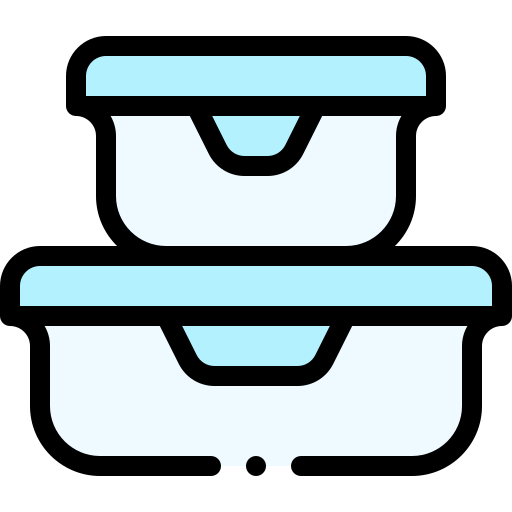
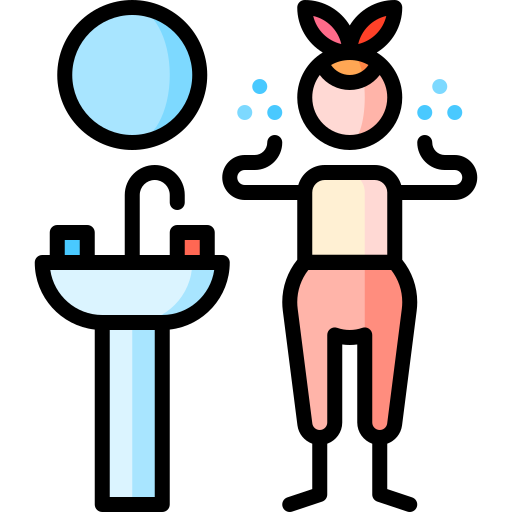
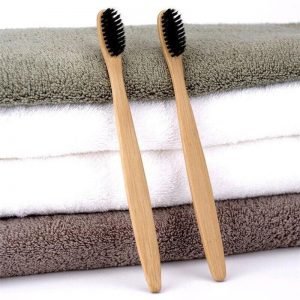
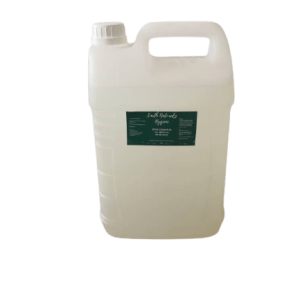

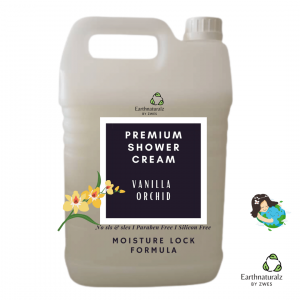




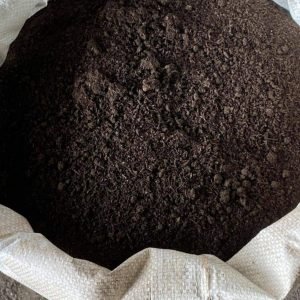


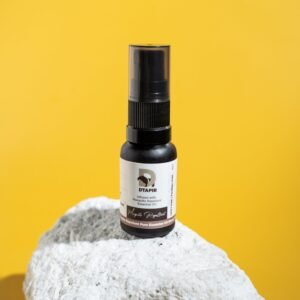

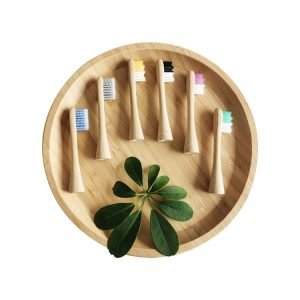

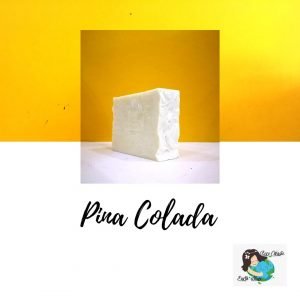
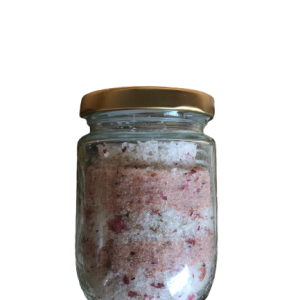












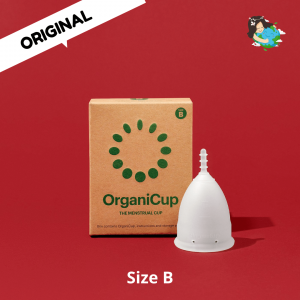
Reviews
There are no reviews yet.